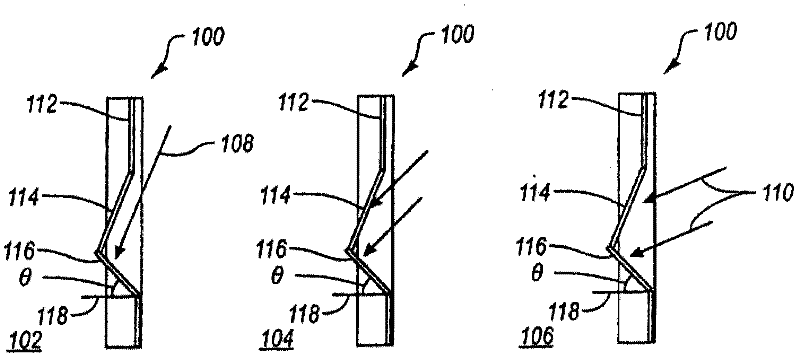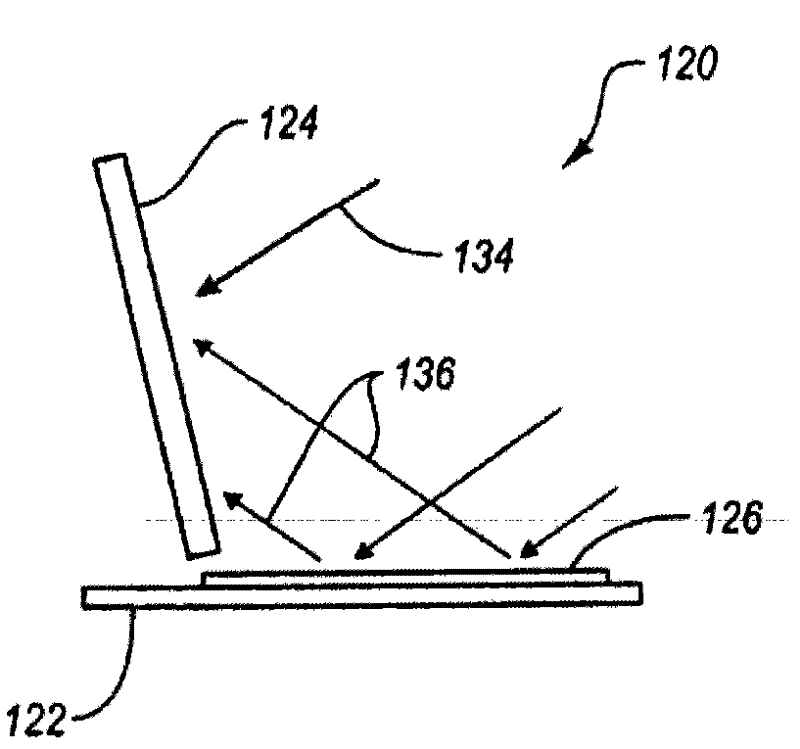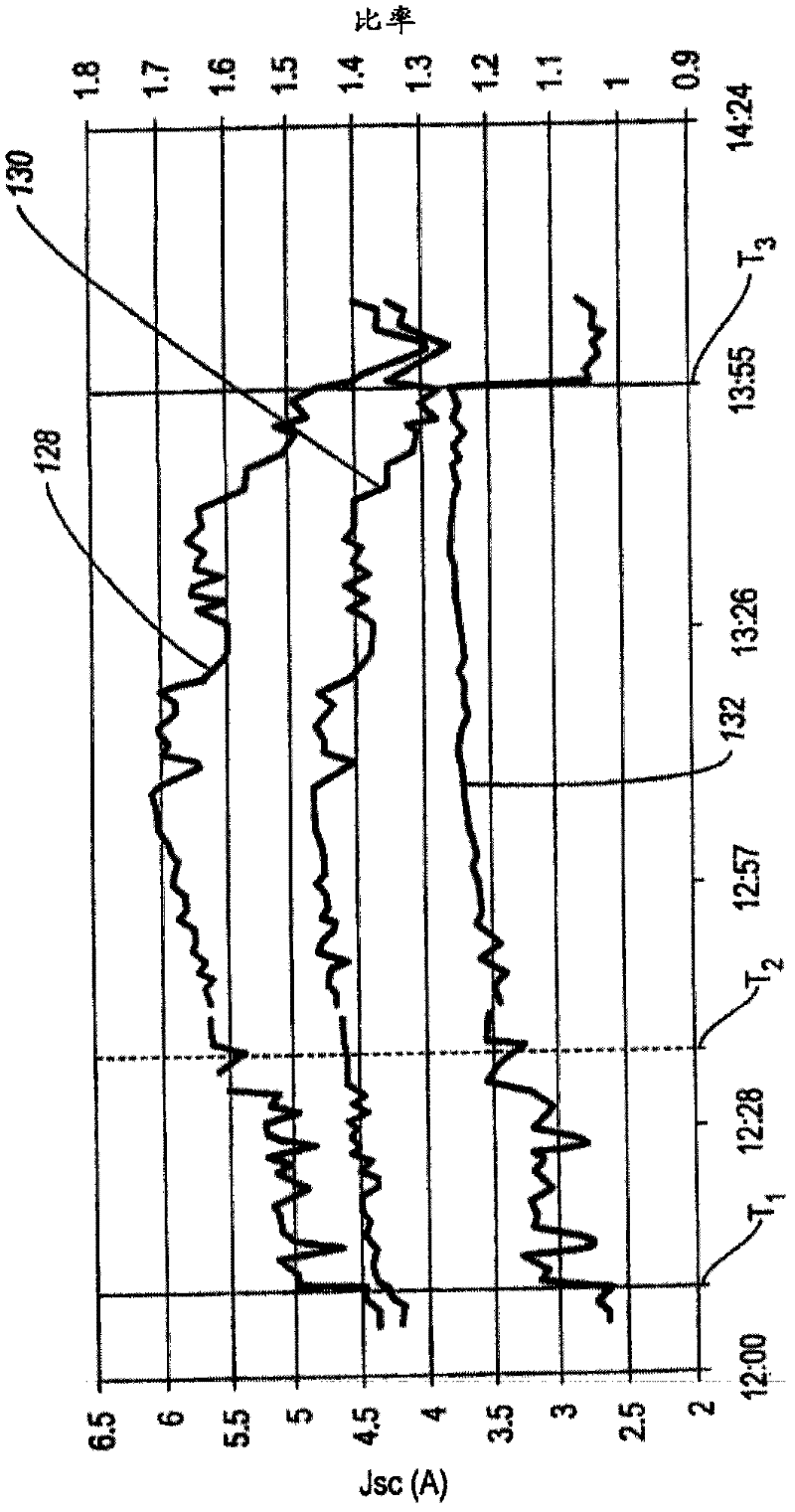Flat-plate photovoltaic module
A photovoltaic module and photovoltaic cell technology, applied in photovoltaic power generation, electrical components, semiconductor devices, etc., can solve problems such as easy failure, increased cost of PV modules, and hidden dangers of residential electricity consumption.
- Summary
- Abstract
- Description
- Claims
- Application Information
AI Technical Summary
Problems solved by technology
Method used
Image
Examples
no. 1 example
[0051] see below Figures 2A to 2C , discloses a first example of a PV assembly 200, the PV assembly 200 may correspond to Figures 1A to 1D PV modules 116, 124, 140. Figures 2A to 2C Front, cross-sectional, and side views of PV assembly 200 are shown in simplified form, respectively. see first Figure 2A , the PV assembly 200 may include: a front plate 202; a plurality of PV cells 204 disposed below the front plate 202, the plurality of PV cells may be arranged in rows 206 and columns 208; a plurality of spacers 210, on the plurality of spacers 210 There are rows 206 of inter-interconnects; and a backplane 212.
[0052] see also Figure 2B and 2C , the PV assembly 200 may further include: an adhesive layer 214 disposed between the front sheet 202 and the rows 206 of PV cells 204; a buffer layer 216 disposed between the rows 206 of PV cells 204 and the back sheet 212; and a power conversion Device 218 is redundantly connected in series to row 206 via bottom spacer 210A ...
PUM
 Login to View More
Login to View More Abstract
Description
Claims
Application Information
 Login to View More
Login to View More - R&D
- Intellectual Property
- Life Sciences
- Materials
- Tech Scout
- Unparalleled Data Quality
- Higher Quality Content
- 60% Fewer Hallucinations
Browse by: Latest US Patents, China's latest patents, Technical Efficacy Thesaurus, Application Domain, Technology Topic, Popular Technical Reports.
© 2025 PatSnap. All rights reserved.Legal|Privacy policy|Modern Slavery Act Transparency Statement|Sitemap|About US| Contact US: help@patsnap.com



